
According to legend, the birth of Lamborghini has taken place after a fight between Enzo Ferrari and Ferruccio Lamborghini. The latter complained to the Drake's not lofty quality of the GT cars from Maranello. The debate between the two occurred in the early 60s Ferrari and Lamborghini dismissed, telling him to "think about the tractors that I take care of self."
See pride, Ferruccio Lamborghini decided to give his life to a car manufacturer. Thus, in 1963, left the development of the first Lamborghini vehicle. The seat of Cento (FE) - where the Lamborghini tractors were produced - working team composed by the designer Giampaolo Dallara Giotto Bizzarrini the engineer and designer Franco Scaglione.
350 GTV
The "trio" gave birth to the Lamborghini 350 GTV prototype supercar exhibited at the Turin Motor Show of that year and featuring the 3500 V12 engine which provided a top speed of 280 km / h. Also in '63, started the work of the plant in Sant'Agata Bolognese.
350 GT
At the Geneva Motor Show in 1964, was presented the Lamborghini 350 GT production version of the 350 GTV. The car was designed by Carrozzeria Touring and was moved by 3500 V12 engine with 270 horsepower pushing the car up to 250 km / h top speed. In addition, the Lamborghini supercar had the cockpit configured in the unusual pattern 2 +1. Debuted in the '65 Lamborghini 350 GTS Zagato and 3500, while at the Turin Show was presented the prototype P400 rear engine. This was the new unit 3900 V12 350 hp and 430 hp in standard version S.
The Miura
The prototype P400 prefigured the first vs Ferrari model of Lamborghini. The Miura, officially presented at the 1966 Geneva Motor Show. Besides being the symbol of Lamborghini, the Miura was the first model to bear the name of a herd of bulls. In fact, bull officially became the brand identity of Lamborghini, zodiacal sign as owner of Ferruccio. The car was designed by Marcello Gandini, at that time head of Centro Stile Bertone. The Miura was equipped with a 4000 V12 engine from 350 horsepower that can reach a top speed of 270 km / h.
400 GT
In '66 was also presented the Lamborghini 400 GT, a GT 2 +2 always moved from the 4000 V12 engine but with reduced power to 320 hp. In addition, two prototypes were presented as the 400 Monza and the Flying Star.
Two years later, based on the 400 GT was born his deputy, or the Lamborghini Islero, also driven by the 4000 V12 engine with 320 horsepower. In 1968 he was also presented the Miura Roadster, remained at the prototype stage.
In '69, however, the range was enlarged from 370 hp to the Miura S and the Espada. The latter adopted the 4000 V12 320 hp engine and was the standard version of the prototype Marzal, designed by Bertone and presented two years earlier.
Jarama
In 1970, at the Geneva Motor Show Lamborghini Jarama was introduced that replaced the Islero, with whom he shared the 4000 V12 engine with 320 hp. In '71 debuted the Miura SV, the latest evolution of 385 hp. Instead, at the Geneva Motor Show the same year he was presented the prototype LP500 engine mounted longitudinally rear.
In 1972 the range was expanded again with the Lamborghini Urraco, 4-seater sedan designed by Bertone, moved by the 2.5 V8 engine 220 hp. In '73 he left the scene the Lamborghini Miura, Countach superseded by version serial protoripo LP500.
In 1974, with the presentation of the prototype Bravo. In addition, other versions of the Lamborghini debuted Urraco: the P300 and P200 from 265 hp from 182 hp, it is intended solely for the Italian market.
The crisis
The Lamborghini crisis was caused by the development of a luxury SUV and alliance with BMW to design the M1. Shortly after the presentation of the prototype in 1980 Athon, Lamborghini went to meet with failure. The company revived the next year thanks to the French group that presented the Jalpa Mimran supercars like the new course.
Countach
Then came the Lamborghini Countach Quattrovalvole in 1985 and the following year, the LM-002 SUV. But in order to survive, Lamborghini needed a strong international partner. Thus, in 1987, the House of Sant'Agata Bolognese was taken over by Chrysler Corporation, headed by Lee Iacocca.
The first step was the creation of Chrysler Lamborghini Engineering Division, led by Mauro Forghieri, which was designed by Formula 1 V12 engine which was adopted a year later and stables used by Larousse, Lotus and Minardi.
At twenty-five years, in 1988 Lamborghini Countach 25 and presented the prototype Genesis. But in '90 debut the first model designed by Chrysler, Lamborghini Diablo with retractable headlights. Three years later the range was expanded versions SE VT-wheel drive. Also in 1993, Ferruccio Lamborghini was missing, exactly thirty years after founding Lamborghini auto.
Instead, in 1994 Chrysler ceded Lamborghini to the consortium formed Asian MegaTech Indonesian and Malaysian MYCOM. During this period, it happened that new models but the range was expanded with the Diablo VT Roadster in '95, and versions SV and SVR in 1996. Among other prototypes were presented Cala and Raptor.
Audi acquires control of Lamborghini
The most important event in the history of Lamborghini occurred in '98, when the control passed in the hands of Audi. The House of Ingolstadt expanded once again the range of Lamborghini Diablo GTR and GT versions in '99, while in 2000 were submitted versions 6.0 and 6.0 SE.
Come the Murciélago and Gallardo
The care of Audi bore fruit in 2002 with the Lamborghini Murciélago, designed by Belgian designer Luc Donkerwolke and equipped with the 6.2 V12 engine from 580 hp. In addition, the following year presented the Lamborghini Gallardo, moved by the 5.0 V10 engine 500 hp Audi source.
Subsequently, the Murciélago Roadster debuted in 2004, the Gallardo Superleggera in 2005, the Murcielago LP640 in 2006, the Gallardo LP560-4 Coupe and Spyder in 2008. Instead, the latest models are represented by the Murcielago LP670 and Gallardo LP570-4 SV-4 SV Superleggera, and the Estoque concept and custom-Reventon.

































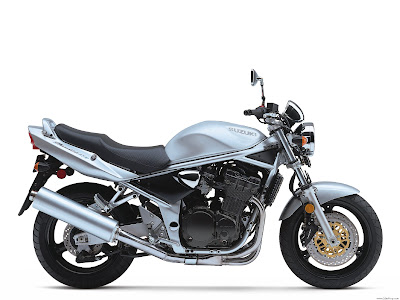

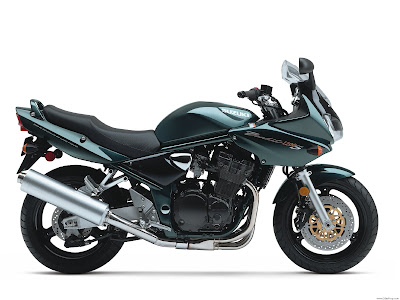


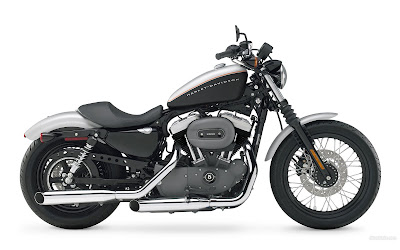.jpg)
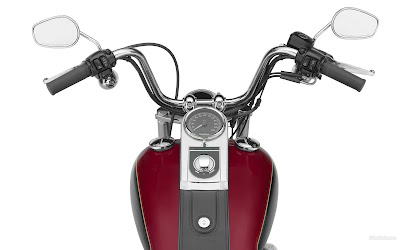.jpg)
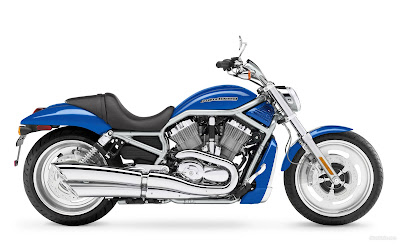.jpg)
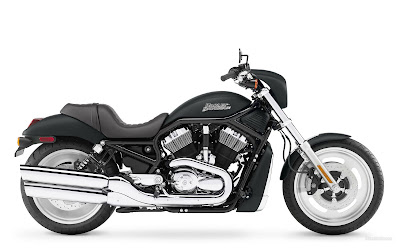.jpg)
.jpg)
.jpg)
.jpg)